Authors, this is your chance to shine bright. Of all the stars in the digital media marketing heavens, content marketing should come most naturally, and will be effective from the moment you have a dream that you want to be a writer until you finally retire your backlist. This is where your author platform is born, and how you build relationships with your ideal readers.
This is Part Two of the eight-part series over the basic tools of digital media marketing for writers. Part One covered Affiliate Marketing, and can be read HERE.
Content marketing is a long-term strategy that uses storytelling and information sharing to build brand awareness. The focus is on the know and like parts of the KLTC (Know, Like, Trust, Convert) equation. It may not have immediate or obvious conversion to sales, and it usually works in tandem with other digital media marketing tools (like social media, SEO, email marketing, paid advertising, etc.), but without content marketing you are less likely to build a loyal following or keep readers coming back for more.
At each stage of your writing career, and book creation sequence, you should be creating content. The key is consistency. To build your brand and your audience, you have to keep posting content. And almost everything is content. Set a schedule for your email newsletter, and stick to it. Choose a long-form content platform like a blog, podcast, YouTube channel, and post weekly. Chose a social media channel or two, and post to those multiple times per week.
The nice part of this is that as you create long-form content, you have something to share in your emails, and you can break down the long pieces into smaller chunks to use on your social media channels. Remember to post on social media when you release a new podcast, video, or blog, and also add those links to your newsletter. Not every reader will follow you across every platform, nor will they see every post that you put out, so make sure to cross-post and stagger post your content.
One of the most frequent questions I hear from authors is, “but what do I create content about?” I have an entire workshop around building a content calendar, but let me give you my top five broad suggestions:
- Stories about your writing life: what made you want to become a writer? Where do you find inspiration? Who do you collaborate, brainstorm, critique with, and why? What events do you attend as a participant or presenter? What do you love about writing? Where do you write, what do you listen to while writing? What writing rituals do you have? What doors have been opened because you are a writer. What is your writing process? What are you reading? What authors do admire? Your readers really are interested.
- The theme or issue that shows up in all your stories that you are becoming an expert in or advocate for: Do all your romances have a narcissist? Do you write political intrigue? Does your historical fiction all take place in a specific setting or period of history? Do you write sci-fi because you love quantum physics? Chances are your readers read your books for that very topic. Create content around what you know, and what you are learning. Curate content from experts that you turn to for information or inspiration. Bring your readers into the conversation about that thing that shows up in all your stories.
- Your hobbies: Maybe not all of them, but if you have an interest outside of reading and writing, add it (or two of them) to the rotation of what you will post about on social media. My followers know I love houseplants. I love taking photos of plants and books. It’s not why they follow me, but it is a thing that I have in common with many of my audience. Are you traveling to a writers conference, and checking out the bookstores and [insert hobby museum, store, or xyz]. Then add that to the story you are telling in your newsletter or blog post, and share the photos of the event on your social media.
- Pets: Most readers love pets, and knowing you do, too, makes you approachable. I know one mystery writer who posts photos of her cat and her readers’ cats every Saturday, #Caturday. Maybe you write feminist westerns, and you post about horses, or the antics of your favorite horse each week. Bryan Bundesen, who created the Grumpy Cat Diaries, took this to the next level.
- Favorite Food/Beverage: Every human has to eat and drink. What’s the one thing you are a bit over the top about? Taco Tuesday, Craft beer? Bean to bar chocolate? For me it’s tea, chocolate, and #WhatVegansEat. And the tea and chocolate can be fun, or lead into a serious discussion of human-trafficking which is one of the issues that shows up often in my stories and that I advocate against.
You will find other things to build content around, but it’s nice to have two or three primary topics, and then two or three more to sprinkle in like seasoning. Nine to twelve topics should be your max. And check the analytics to see which topics and types of content your audience likes best. Do more of that.
If you want to learn more about the nuts and bolts of creating a content calendar, I covered that here on the UtNC Blog a few months ago in “Organize Your Content Calendar in Five Easy Actions” where I explained where to post your content, what you will write about, choosing a format for your content calendar, creating graphics, and putting it all together in a scheduling tool.
That’s the overview of content marketing. If you want to dig deeper, check out the resources below. If you have any additional questions or suggestions, the comments are open. Part three will cover email marketing.
I offer coaching, consulting, done-with-you, and done-for-you services, so if this sounds overwhelming, or like something you would rather delegate, email me at kathryn@UnleashingTheNextChapter.com, and let’s figure out how to get your content out there to your future readers.
Additional Resources:
- Building a Story Brand by Donald Miller
- Mailchimp, “How to get started with content marketing”
- Content Marketing Institute, “Getting Started”
- Neil Patel, “Content Marketing Made Simple: A Step-by-Step Guide”
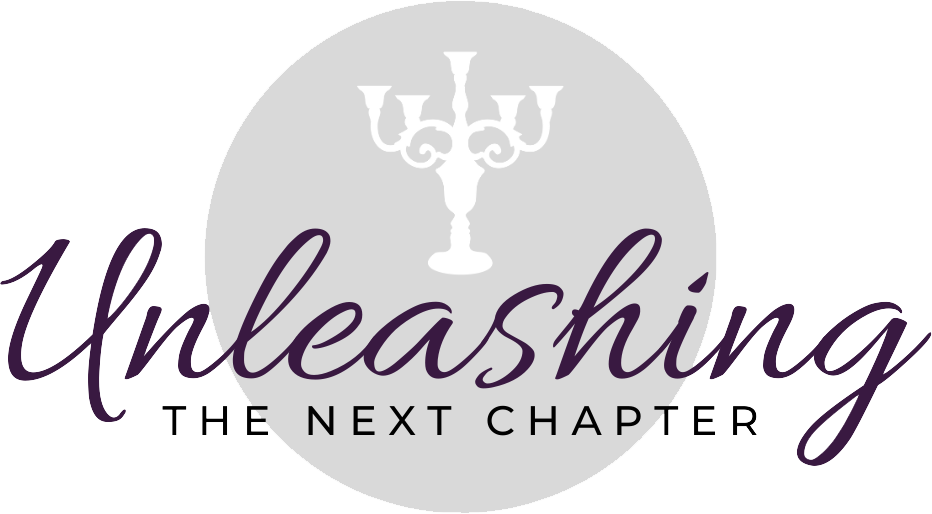



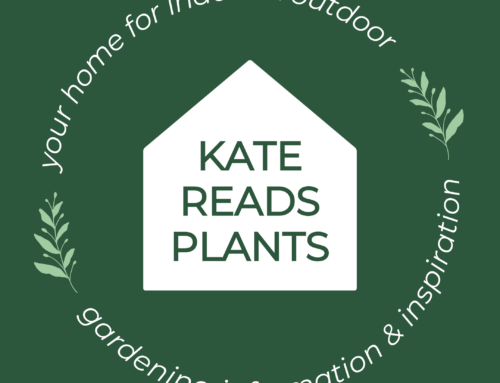
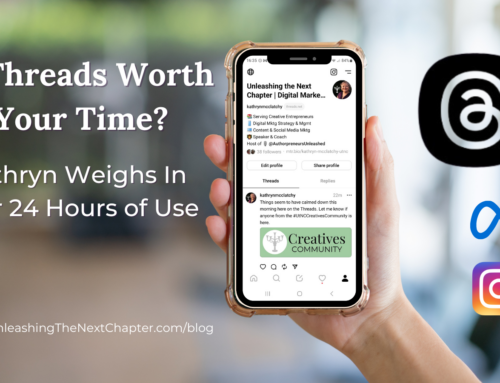
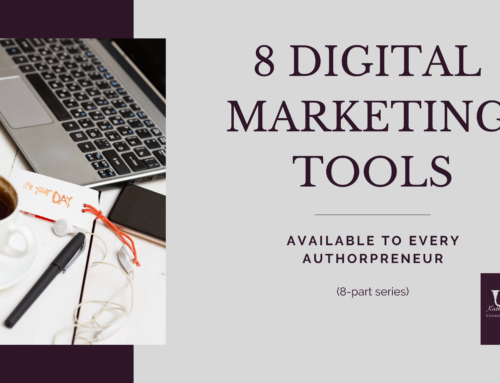
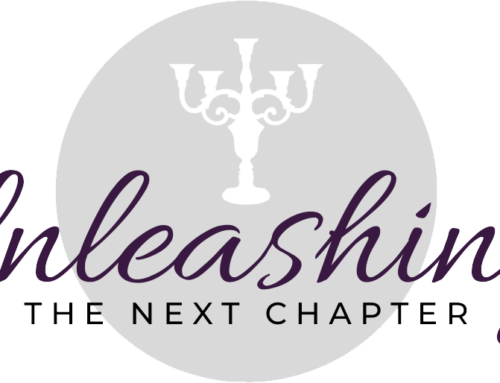
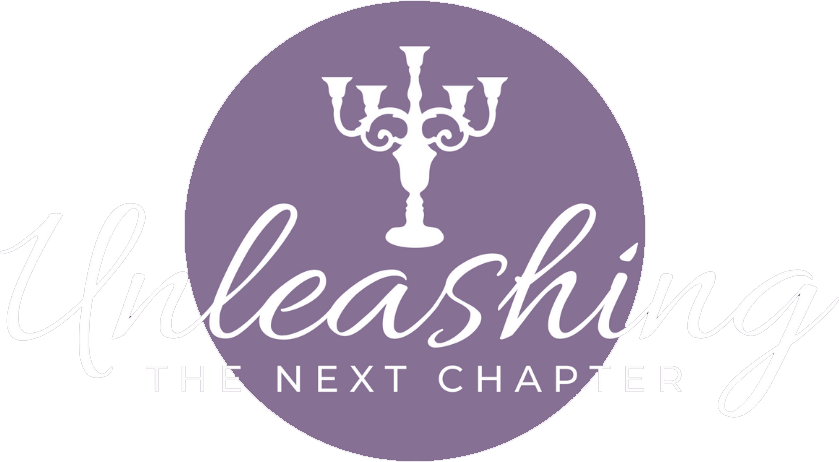
[…] That’s it for the first installment in this eight-part series over digital marketing. Like or follow to be notified next week when we discuss Content Marketing. […]